Home>Garden Essentials>How To Eat Methi Seeds
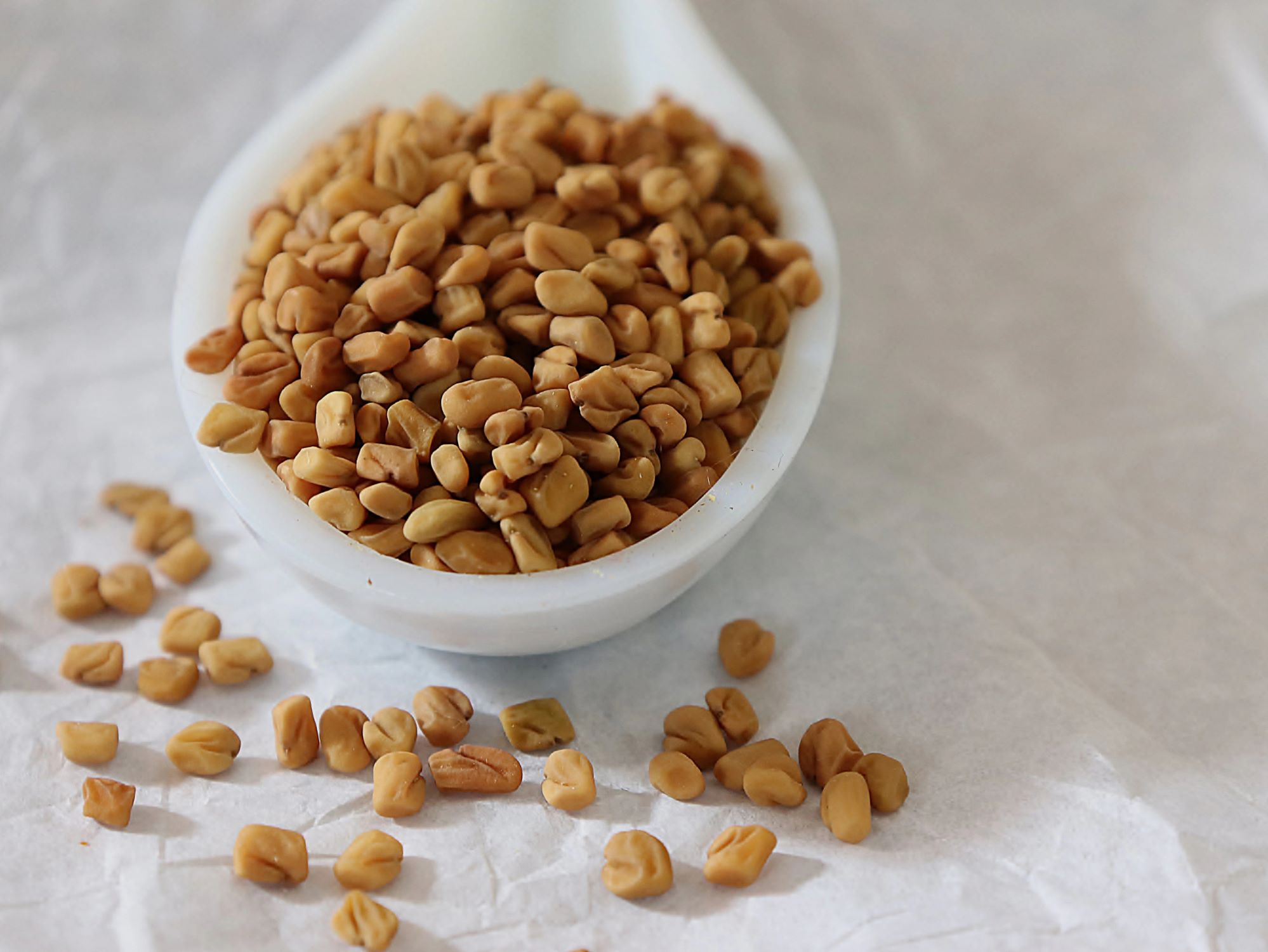

Garden Essentials
How To Eat Methi Seeds
Modified: March 16, 2024
Learn how to grow a beautiful and thriving garden with methi seeds. Discover expert tips and techniques for successful cultivation.
(Many of the links in this article redirect to a specific reviewed product. Your purchase of these products through affiliate links helps to generate commission for Storables.com, at no extra cost. Learn more)
Introduction
Welcome to the world of Methi seeds, also known as Fenugreek seeds. These tiny golden-brown seeds have been used for centuries due to their numerous health benefits and culinary uses. Methi seeds are not only a staple in Indian cuisine but are also gaining popularity worldwide for their medicinal properties and ability to enhance the flavor of dishes.
In addition to being a versatile ingredient in the kitchen, Methi seeds are packed with essential nutrients, making them a powerhouse of health benefits. From aiding digestion to promoting hair growth, Methi seeds have a wide range of positive effects on our overall well-being. Whether you are looking to improve your health or simply add a burst of flavor to your meals, incorporating Methi seeds into your diet is a great choice.
In this article, we will explore the various benefits of Methi seeds, as well as different ways to include them in your daily diet. So, get ready to discover the wonders of Methi seeds and unlock their potential for a healthier lifestyle.
Key Takeaways:
- Methi seeds offer a range of health benefits, from aiding digestion to promoting heart health and enhancing hair growth. They can be easily incorporated into your diet through soaking, roasting, grinding, brewing tea, or sprouting.
- While Methi seeds have numerous advantages, it’s important to consume them in moderation and be aware of potential side effects and interactions with medications. Always consult with a healthcare professional if you have any concerns or underlying health conditions.
Read more: How To Eat Grapes With Seeds
Benefits of Methi Seeds
Methi seeds are a powerhouse of nutrients, packed with vitamins, minerals, and antioxidants that offer a range of health benefits. Here are some key advantages of incorporating Methi seeds into your diet:
- Improved Digestion: Methi seeds are known for their high fiber content, which aids in digestion and prevents constipation. The soluble fiber in Methi seeds helps regulate bowel movements and promotes a healthy digestive system.
- Controlled Blood Sugar Levels: Methi seeds have been used for centuries to manage blood sugar levels. The high fiber content in Methi seeds slows down the absorption of sugar, preventing spikes in blood glucose levels. It is especially beneficial for those with diabetes or insulin resistance.
- Reduced Cholesterol Levels: Methi seeds have been found to have cholesterol-lowering properties. The soluble fiber in Methi seeds binds to cholesterol in the digestive system, preventing its absorption and promoting its excretion from the body.
- Weight Management: Including Methi seeds in your diet can aid in weight loss and weight management. The fiber content helps create a feeling of fullness, reducing hunger cravings and preventing overeating.
- Improved Heart Health: Methi seeds are rich in antioxidants and have anti-inflammatory properties, which contribute to heart health. They help reduce the risk of heart diseases by lowering blood pressure and maintaining healthy cholesterol levels.
- Enhanced Hair Growth: Methi seeds are a popular remedy for hair loss and promoting hair growth. They are rich in proteins and nutrients that nourish the scalp, strengthen the hair follicles, and prevent hair breakage, resulting in healthy and lustrous hair.
- Skin Health: Methi seeds are beneficial for the skin as well. They contain antioxidants that combat free radicals, reducing signs of aging and promoting a clear and radiant complexion. Methi seed paste can also be used topically to soothe skin irritations and alleviate acne.
These are just some of the many benefits that Methi seeds offer. From improving digestion to promoting hair growth and maintaining heart health, incorporating Methi seeds into your diet can have a positive impact on your overall well-being.
Ways to Include Methi Seeds in Your Diet
Methi seeds can be easily incorporated into your daily diet, adding a nutty and slightly bitter flavor to your meals. Here are some simple and creative ways to include Methi seeds in your culinary repertoire:
- Soaking Methi Seeds: Soaking Methi seeds overnight softens them, making them easier to consume. You can consume them on an empty stomach or add them to your morning smoothie or yogurt for a nutritious boost.
- Roasting Methi Seeds: Dry roasting Methi seeds brings out their nutty flavor and enhances their aroma. Roasted Methi seeds can be sprinkled over salads, soups, or used as a topping for roasted vegetables or even popcorn for a healthy and flavorful twist.
- Grinding Methi Seeds: Pulverizing Methi seeds into a fine powder allows for easy incorporation into various dishes. You can add Methi seed powder to homemade spice blends, curries, or even sprinkle it over rice and lentil dishes for an extra boost of flavor and nutrition.
- Methi Seed Tea: Brewing Methi seed tea is a popular way to enjoy the health benefits of Methi seeds. Simply steep a teaspoon of Methi seeds in hot water for a few minutes, strain, and enjoy a soothing cup of herbal tea. You can also add a dash of lemon or honey for added flavor.
- Methi Seed Sprouts: Sprouting Methi seeds not only enhances their nutrient profile but also adds a delicious crunch to your meals. You can use Methi seed sprouts in salads, sandwiches, or as a topping for wraps and stir-fries.
Experimenting with these different methods will allow you to explore the versatility of Methi seeds and discover your favorite ways to incorporate them into your diet. Remember to start with small quantities and gradually increase as per your taste preferences.
Now that you have learned how to include Methi seeds in your meals, let’s dive into some specific techniques for preparing and using Methi seeds.
Soaking Methi Seeds
Soaking Methi seeds is a simple and effective way to make them more digestible and easier to incorporate into your diet. Here’s how you can soak Methi seeds:
- Measure out the desired amount of Methi seeds. Start with a small quantity, such as a teaspoon, and adjust according to your preference.
- Rinse the Methi seeds thoroughly under running water to remove any dirt or impurities.
- Place the Methi seeds in a bowl or jar and add enough water to cover them completely. The seeds will absorb water and expand in size, so make sure to use a container that allows room for expansion.
- Cover the bowl or jar with a clean cloth and let the Methi seeds soak overnight or for at least 6-8 hours. This soaking process helps soften the seeds and releases their beneficial compounds.
- After soaking, drain the water from the Methi seeds using a strainer. You can rinse them once more to ensure all the residue is removed.
- The soaked Methi seeds are now ready to be consumed. You can eat them on an empty stomach or incorporate them into your morning smoothie, yogurt, or other dishes.
Soaked Methi seeds have a slightly slimy texture, similar to chia seeds, which some people may find off-putting. If you prefer a different texture, you can also blend the soaked Methi seeds with a liquid of your choice to create a smoother consistency.
Soaked Methi seeds offer a concentrated dose of nutrients and are particularly beneficial for digestive health. They can help alleviate constipation, promote regular bowel movements, and soothe an upset stomach. Additionally, soaking Methi seeds can enhance their overall digestibility and maximize nutrient absorption.
Remember to start with small quantities when consuming soaked Methi seeds, especially if you are new to incorporating them into your diet. As with any dietary change, it’s essential to listen to your body and adjust accordingly.
Now that you know how to soak Methi seeds, let’s move on to another popular method of preparing them: roasting.
Roasting Methi Seeds
Roasting Methi seeds is a popular technique that not only enhances their flavor but also adds a delightful aroma to your dishes. Here’s how you can roast Methi seeds:
- Start by heating a dry skillet or a non-stick pan over medium heat. Avoid using oil or any other cooking fat as the Methi seeds will release their natural oils during the roasting process.
- Add the Methi seeds to the heated pan and spread them out in an even layer. This allows for even roasting and prevents the seeds from burning.
- Stir the Methi seeds continuously using a spatula or a wooden spoon to ensure even browning. Keep an eye on them as they can quickly go from perfectly roasted to burnt.
- Continue roasting for about 2-3 minutes or until the Methi seeds turn golden brown and the aroma becomes more prominent. You may notice a nutty fragrance emanating from the pan.
- Once the Methi seeds are roasted to your liking, remove them from the heat and transfer them to a plate or a bowl to cool down. Remember that residual heat can continue to cook the seeds, so it’s essential to remove them from the pan promptly.
- Allow the roasted Methi seeds to cool completely before using them in your dishes or storing them in an airtight container. This will help keep their freshness and flavor intact.
The roasted Methi seeds can be used in various ways to enhance the taste of your meals. You can grind them into a fine powder to add to spice blends, incorporate them into curries and soups, or sprinkle them over roasted vegetables, salads, or even popcorn for a delightful crunch.
Roasting Methi seeds not only intensifies their flavor but also makes them easier to digest. The roasting process helps break down complex compounds, making the nutrients in Methi seeds more readily available for absorption by the body.
Remember, roasting times may vary depending on the heat intensity and the quantity of Methi seeds being roasted. It’s best to start with small batches until you become familiar with the process and find the perfect roasting time that suits your taste preferences.
Now that you know how to roast Methi seeds, let’s explore another method of preparing them: grinding.
Read more: How To Eat Lotus Seeds
Grinding Methi Seeds
Grinding Methi seeds into a fine powder is a versatile method of preparing them for various culinary uses. Here’s how you can grind Methi seeds:
- Measure out the desired quantity of Methi seeds. Start with a small amount, such as a tablespoon, and adjust according to your recipe or taste preference.
- Dry roast the Methi seeds in a skillet or a pan over low heat for a few minutes. This step helps enhance their flavor and releases their natural oils.
- Allow the roasted Methi seeds to cool down completely. Grinding them while they are still warm might cause moisture to accumulate and affect the texture of the powder.
- Place the cooled Methi seeds in a powerful blender or a spice grinder. If using a blender, you may need to pulse the seeds in short bursts to achieve a fine powder. For a spice grinder, grind the seeds for a longer duration until you achieve the desired consistency.
- Once ground, sift the Methi seed powder through a fine-mesh sieve to remove any coarse particles or hulls. This step ensures a smooth and uniform texture.
- Transfer the Methi seed powder to an airtight container for storage. Store it in a cool, dry place away from direct sunlight to maintain its freshness and potency.
Grinding Methi seeds into a powder allows you to incorporate their flavor and nutritional benefits more easily into your dishes. The powder can be added to spice blends, curries, dals, and even used as a seasoning for rice and vegetable dishes. It adds a unique depth of flavor and a touch of bitterness that complements a wide range of cuisines.
Methi seed powder is particularly popular in Indian cooking, where it is a key ingredient in spice blends like garam masala and curry powders. It adds a distinct earthy taste and a rich aroma to the dishes, enhancing their overall flavor profile.
When grinding Methi seeds, ensure that your equipment is clean and dry to prevent moisture from affecting the quality of the powder. Additionally, it’s best to grind small batches of Methi seeds as needed to retain their freshness and potency.
Now that you know how to grind Methi seeds, let’s explore another delicious way to incorporate them: Methi seed tea.
Soak methi seeds in water overnight to reduce bitterness. You can then add them to your meals, smoothies, or make a tea with them.
Methi Seed Powder
Methi seed powder is a versatile and flavorful ingredient that can be easily incorporated into a variety of dishes. Here’s how you can make Methi seed powder at home:
- Start by measuring out the desired quantity of Methi seeds. It’s best to start with a small amount, such as half a cup, and adjust according to your needs.
- Rinse the Methi seeds thoroughly under running water to remove any dirt or impurities.
- Spread the washed Methi seeds on a clean kitchen towel or paper towel to dry them completely. It’s important to ensure that the seeds are completely dry before grinding them.
- Once the Methi seeds are dry, transfer them to a dry skillet or a pan and dry roast them over low heat for a few minutes. This step helps enhance their flavor and releases the aromatic oils.
- Remove the roasted Methi seeds from the heat and allow them to cool down completely.
- Transfer the cooled Methi seeds to a spice grinder or a blender and grind them into a fine powder. You may need to pulse the seeds in short bursts to achieve a uniform consistency.
- After grinding, sift the Methi seed powder through a fine-mesh sieve to remove any coarse particles or hulls. This ensures a smooth and well-textured powder.
- Transfer the Methi seed powder to an airtight container and store it in a cool, dry place away from direct sunlight. Proper storage will help maintain the freshness and flavor of the powder.
Methi seed powder is a popular ingredient in Indian cuisine, known for its distinct aroma and unique flavor profile. It is commonly used as a spice in curries, dals, vegetable dishes, and marinades, adding a rich earthiness and a hint of bitterness.
In addition to its culinary uses, Methi seed powder is also known for its potential health benefits. It contains antioxidants, vitamins, and minerals that contribute to overall well-being. The powder can help regulate blood sugar levels, promote digestion, and support heart health. It is often used in traditional Ayurvedic remedies for its medicinal properties.
To fully enjoy the flavor and benefits of Methi seed powder, it’s best to use it in moderation. Start with small amounts and gradually increase according to your taste preferences. Incorporate it into your favorite recipes or experiment with new dishes to experience the delightful flavors of Methi seed powder.
Now that you know how to make Methi seed powder, let’s explore another popular way to enjoy the benefits of Methi seeds: Methi seed tea.
Methi Seed Tea
Methi seed tea, also known as fenugreek tea, is a herbal infusion made with Methi seeds that offers a range of health benefits. Here’s how you can prepare Methi seed tea:
- Start by measuring out one teaspoon of Methi seeds.
- Place the Methi seeds in a small pot or a tea infuser.
- Bring water to a boil in a kettle or on the stovetop.
- Pour the hot water over the Methi seeds and let them steep for about 5-10 minutes.
- After steeping, strain the tea to remove the Methi seeds.
- You can enjoy the Methi seed tea as is or add a squeeze of lemon or a drizzle of honey for added flavor.
Methi seed tea has a slightly bitter taste with a hint of nuttiness. It is believed to have a range of health benefits, including aiding digestion, managing blood sugar levels, and promoting weight loss.
The high fiber content in Methi seeds helps regulate bowel movements and relieve digestive issues such as bloating and constipation. Methi seed tea can be consumed before meals to stimulate digestion and promote the secretion of digestive enzymes.
Methi seed tea is also known for its potential to help manage blood sugar levels. The soluble fiber in Methi seeds slows down the absorption of sugar in the body, preventing spikes in blood glucose levels. This can be beneficial for individuals with diabetes or insulin resistance.
Furthermore, Methi seed tea is believed to contribute to weight loss and weight management. The fiber content creates a feeling of fullness, reducing appetite and preventing overeating. It also helps regulate metabolism and promote fat burning.
To experience the health benefits of Methi seed tea, it’s recommended to consume it in moderation, about once or twice a day. If you are pregnant or have any underlying health conditions, it’s advisable to consult with a healthcare professional before incorporating Methi seed tea into your routine.
Now that you know how to prepare Methi seed tea, let’s explore the last method of using Methi seeds: sprouting.
Methi Seed Sprouts
Methi seed sprouts are a nutritious and flavorful addition to salads, sandwiches, and stir-fries. Sprouting Methi seeds not only enhances their nutritional profile but also adds a delightful crunch to your meals. Here’s how you can sprout Methi seeds:
- Take a cup of Methi seeds and rinse them thoroughly under running water to remove any impurities or debris.
- Transfer the rinsed Methi seeds to a bowl and cover them with water. Let them soak for about 4-6 hours.
- After soaking, drain the water and transfer the Methi seeds to a clean and damp muslin cloth or a sprouting jar.
- Cover the Methi seeds with the moist cloth or secure the lid on the sprouting jar, allowing airflow.
- Place the sprouting container in a warm and dark place, ideally at room temperature.
- Rinse the Methi seeds with water twice a day, ensuring they remain moist but not waterlogged.
- Continue rinsing and draining for 3-4 days or until the sprouts reach the desired length, typically around half an inch to an inch.
- Once the Methi seeds have sprouted, give them a final rinse and gently pat them dry.
- The Methi seed sprouts are now ready to be used in various dishes. Store them in the refrigerator in an airtight container for up to a week.
Methi seed sprouts not only add a pleasant texture to your meals but also provide a concentrated dose of nutrients. They are an excellent source of protein, fiber, vitamins, and minerals, including iron and magnesium.
You can add Methi seed sprouts to salads, wraps, sandwiches, or use them as a topping for soups and stir-fries. They add a refreshing crunch and a slightly bitter yet nutty flavor that complements a variety of dishes.
When using Methi seed sprouts, it’s essential to practice food safety and hygiene. Make sure to rinse them thoroughly before consumption and check for any signs of spoilage. If you notice any foul smell or discoloration, it’s best to discard them.
By sprouting Methi seeds, you unlock their full potential and enjoy their nutritional benefits in a convenient and delicious form. Get creative with incorporating Methi seed sprouts into your meals and explore the unique flavors they bring to the table.
Now that you know how to sprout Methi seeds, let’s move on to discussing any side effects and precautions associated with Methi seed consumption.
Read more: How To Eat Fenugreek Seeds
Methi Seed Side Effects and Precautions
While Methi seeds offer numerous health benefits, it’s important to consume them in moderation and be aware of potential side effects and precautions. Here are some considerations to keep in mind:
- Allergic Reactions: Some individuals may be allergic to Methi seeds. If you experience any signs of an allergic reaction such as itching, swelling, or difficulty breathing, it’s crucial to seek medical attention immediately.
- Blood-Thinning Effects: Methi seeds have natural blood-thinning properties. If you are on blood-thinning medications or have a bleeding disorder, it’s advisable to consult with your healthcare provider before consuming Methi seeds in large amounts.
- Hypoglycemia: Methi seeds are known to help regulate blood sugar levels. If you have diabetes or are taking medications to lower blood sugar, monitor your levels closely when incorporating Methi seeds into your diet to avoid hypoglycemia. Consult with a healthcare professional for personalized guidance.
- Digestive Discomfort: While Methi seeds are known to aid digestion, some individuals may experience digestive discomfort like bloating or gas. Start with small quantities and gradually increase your intake to determine your tolerance level.
- Pregnancy and Breastfeeding: Pregnant women are advised to consume Methi seeds in moderation as they may stimulate uterine contractions. It is recommended to consult with a healthcare professional before incorporating Methi seeds into your diet during pregnancy or breastfeeding.
- Interactions with Medications: Methi seeds may interact with certain medications, including anticoagulants, antidiabetic drugs, and medications for thyroid disorders. If you are taking any medications, it’s crucial to consult with your healthcare provider before adding Methi seeds to your routine.
It’s worth noting that the recommendations and precautions mentioned above are general guidelines. Individual tolerances and healthcare needs can vary. If you have any underlying health conditions or concerns, it is always best to consult with a healthcare professional for proper guidance.
With appropriate precautions and moderation, Methi seeds can be a beneficial addition to a healthy diet. However, it’s important to listen to your body and make informed decisions that suit your specific health requirements.
Now that you are aware of the side effects and precautions, let’s conclude our exploration of Methi seeds.
Conclusion
Methi seeds, also known as Fenugreek seeds, are a powerhouse of nutrition and flavor. From aiding digestion to promoting heart health and even enhancing hair growth, Methi seeds offer a multitude of benefits for our overall well-being.
Incorporating Methi seeds into your daily diet is easy and versatile. Soak them overnight, roast them for a nutty flavor, grind them into powder, brew a cup of Methi seed tea, or sprout them for a delightful crunch in your meals. Each method adds a unique twist to the taste and allows you to explore the full potential of Methi seeds.
While Methi seeds have numerous advantages, it’s important to consume them in moderation and be aware of any potential side effects or interactions with medications. It’s always advisable to consult with a healthcare professional if you have any concerns or underlying health conditions.
Whether you’re looking to improve your digestion, manage blood sugar levels, promote heart health, or simply enhance the flavor of your dishes, Methi seeds are a fantastic addition to your kitchen pantry.
So next time you’re preparing a meal, don’t forget to reach for those golden Methi seeds and experience the wonderful benefits they have to offer. From adding a sprinkle of Methi seed powder to brewing a comforting cup of Methi seed tea, these tiny seeds can truly transform your culinary delights and contribute to your overall well-being.
Enjoy the journey of discovering the wonders of Methi seeds and embrace the flavors and health benefits they bring to your life!
Frequently Asked Questions about How To Eat Methi Seeds
Was this page helpful?
At Storables.com, we guarantee accurate and reliable information. Our content, validated by Expert Board Contributors, is crafted following stringent Editorial Policies. We're committed to providing you with well-researched, expert-backed insights for all your informational needs.
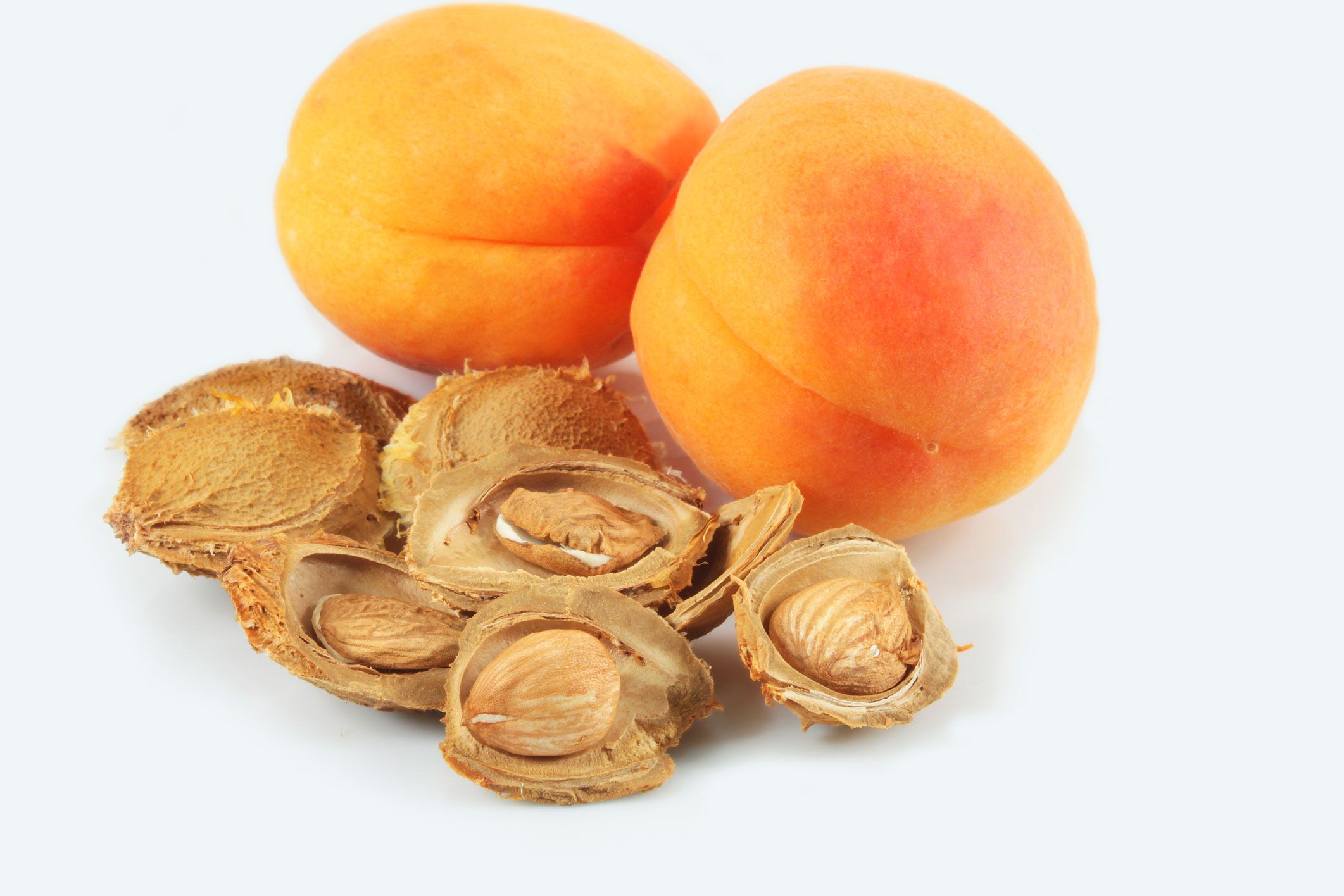
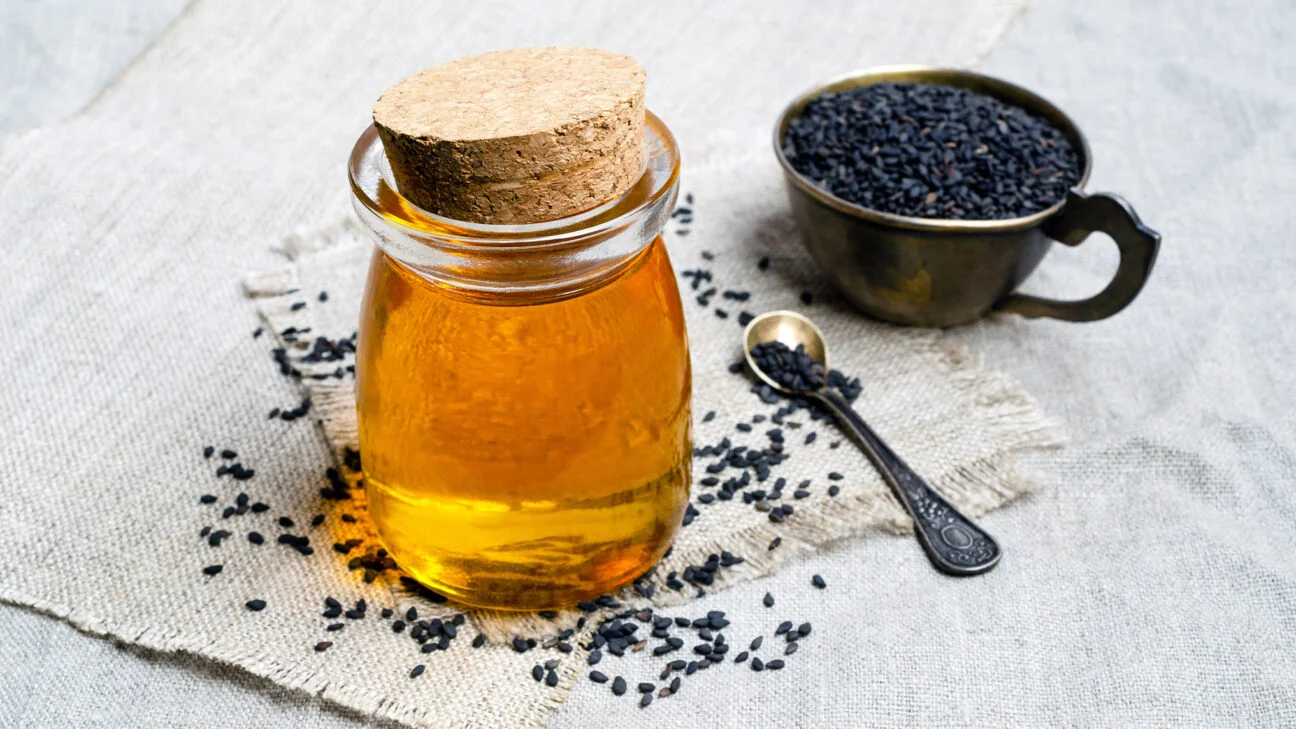
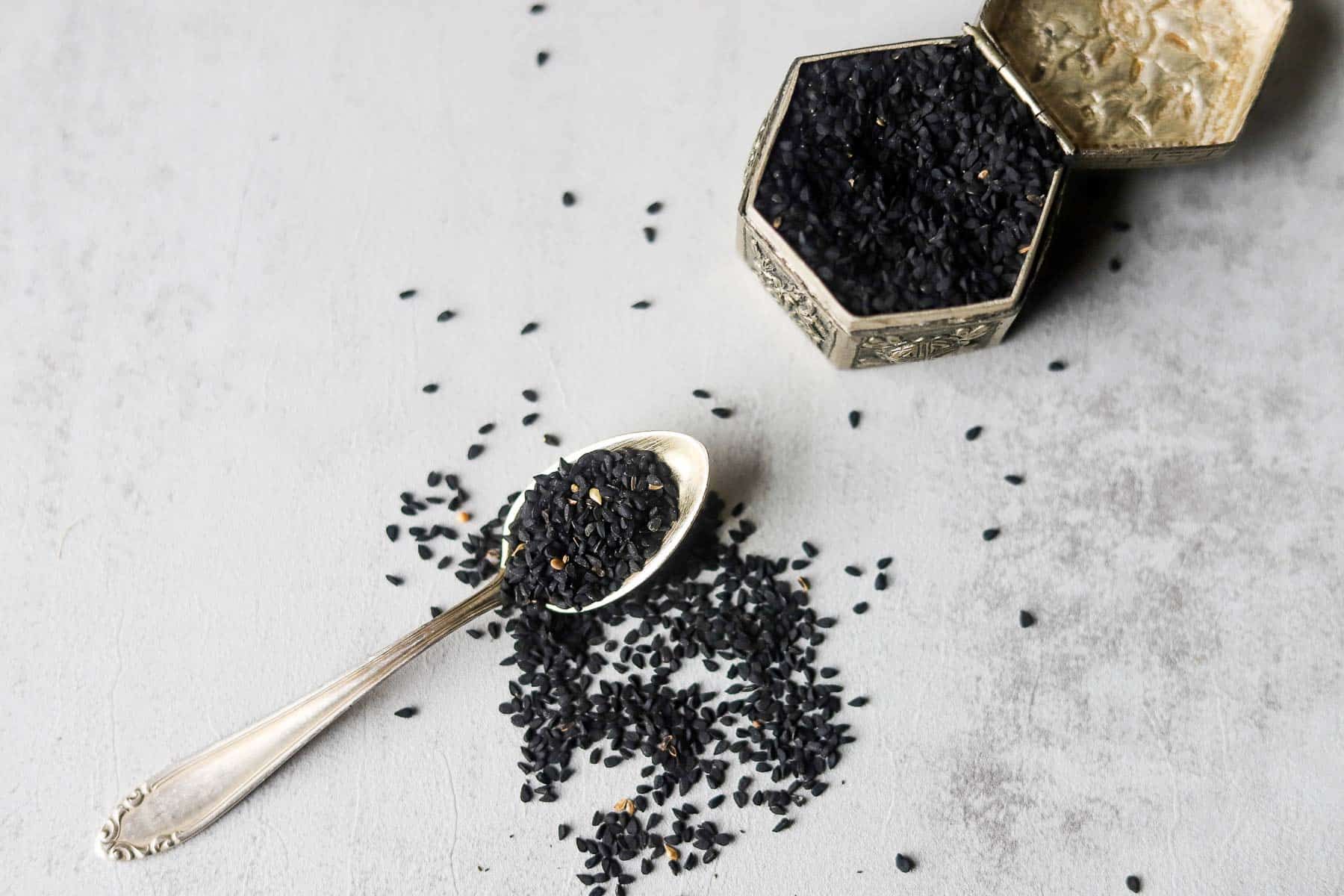
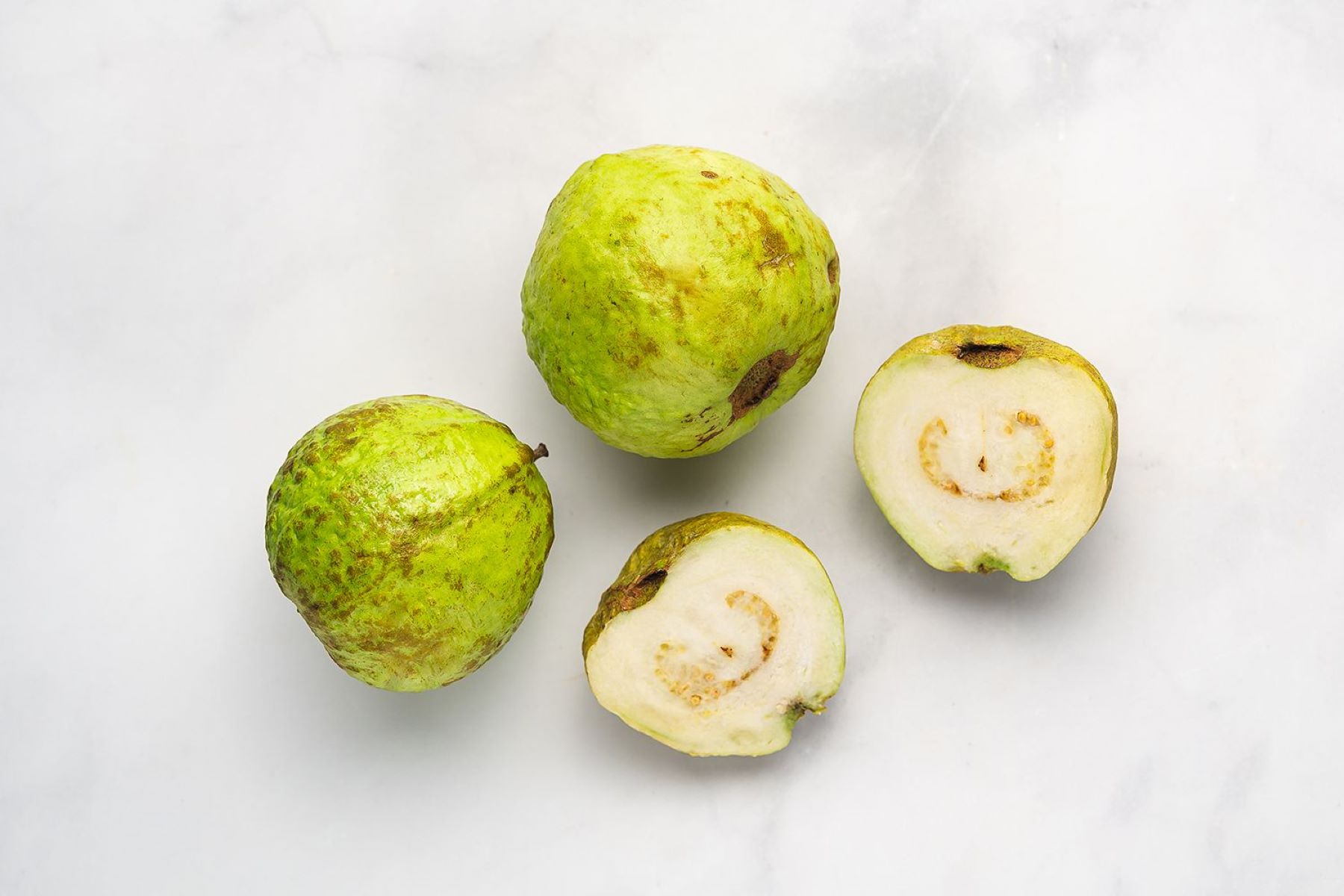
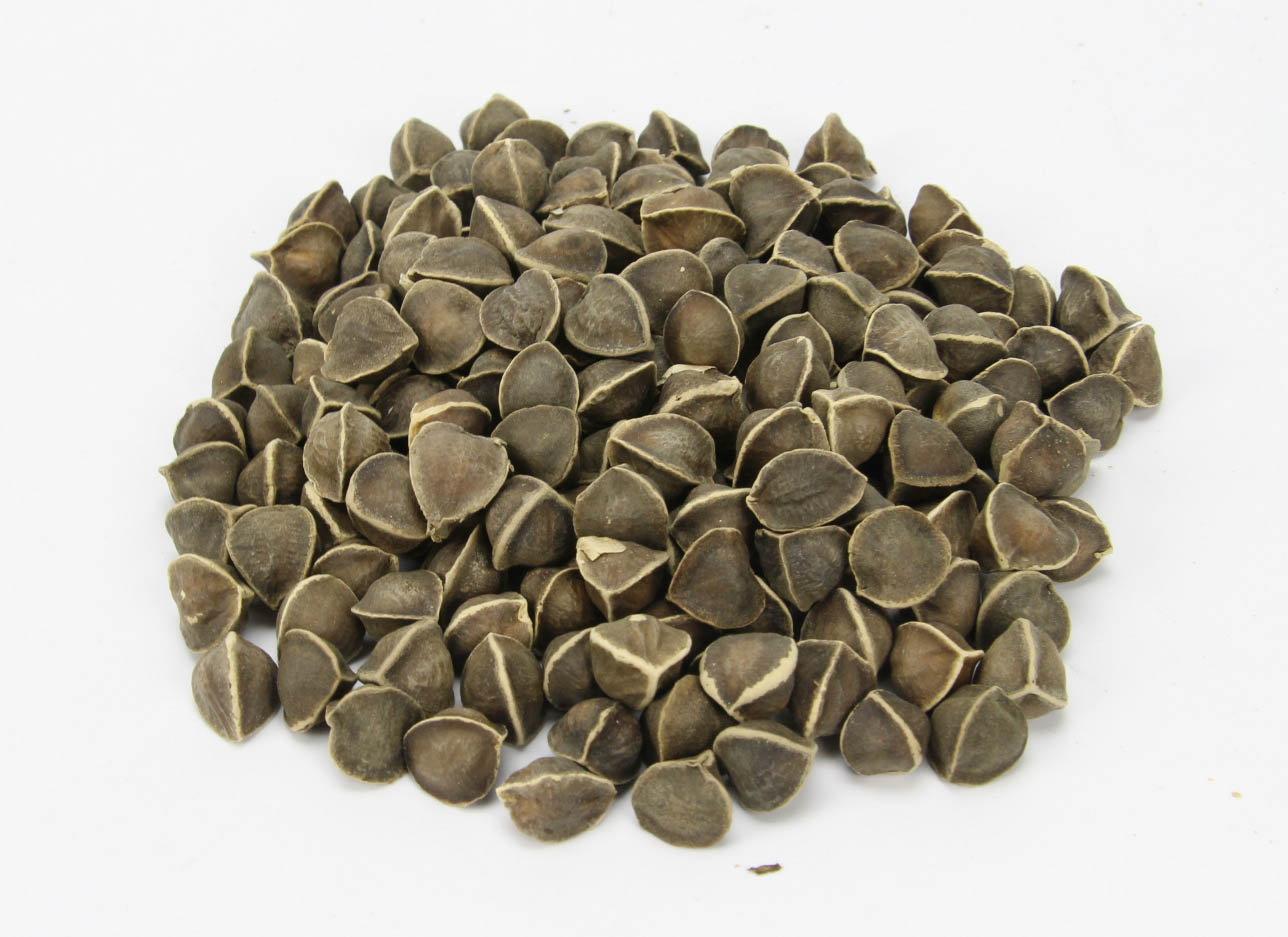
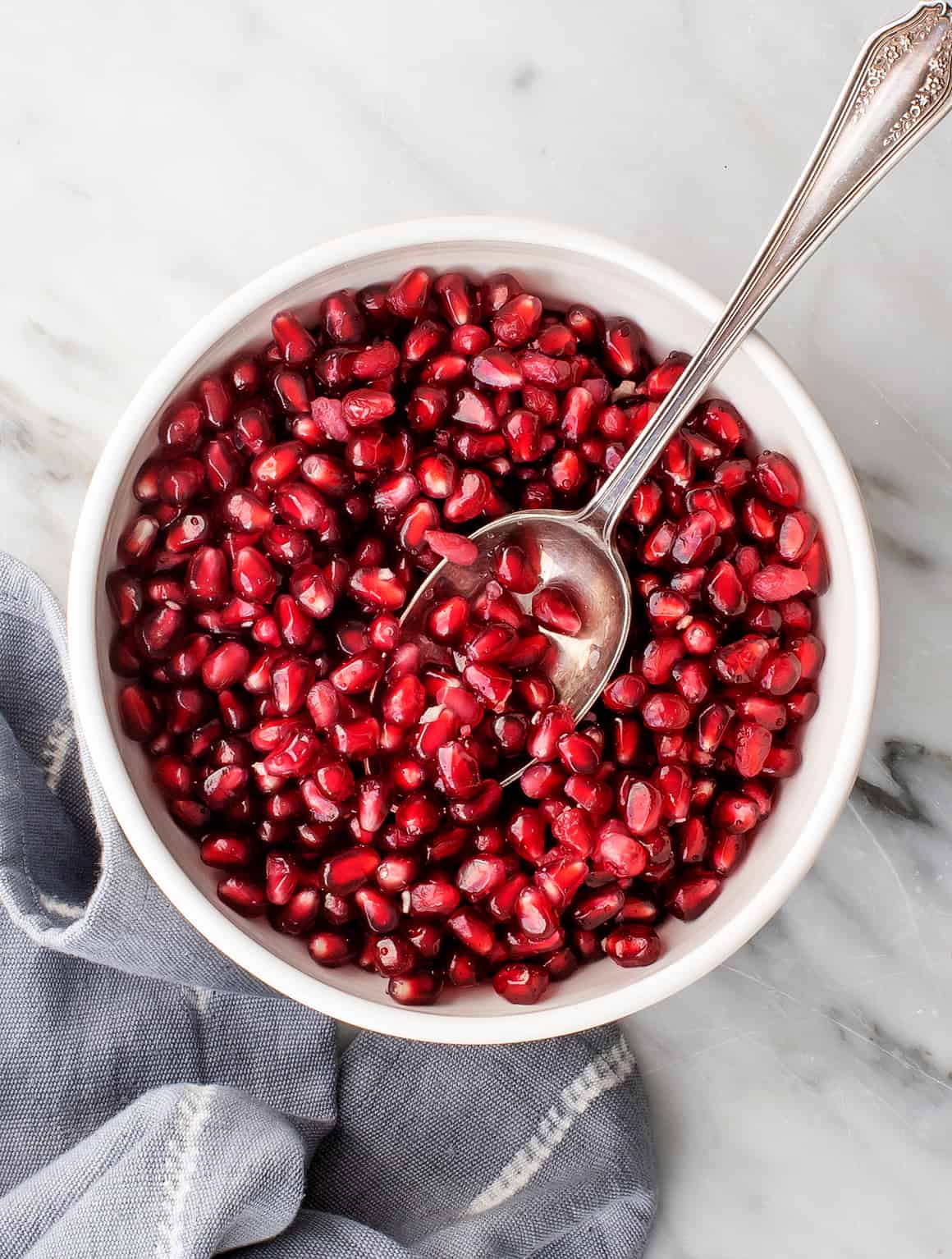
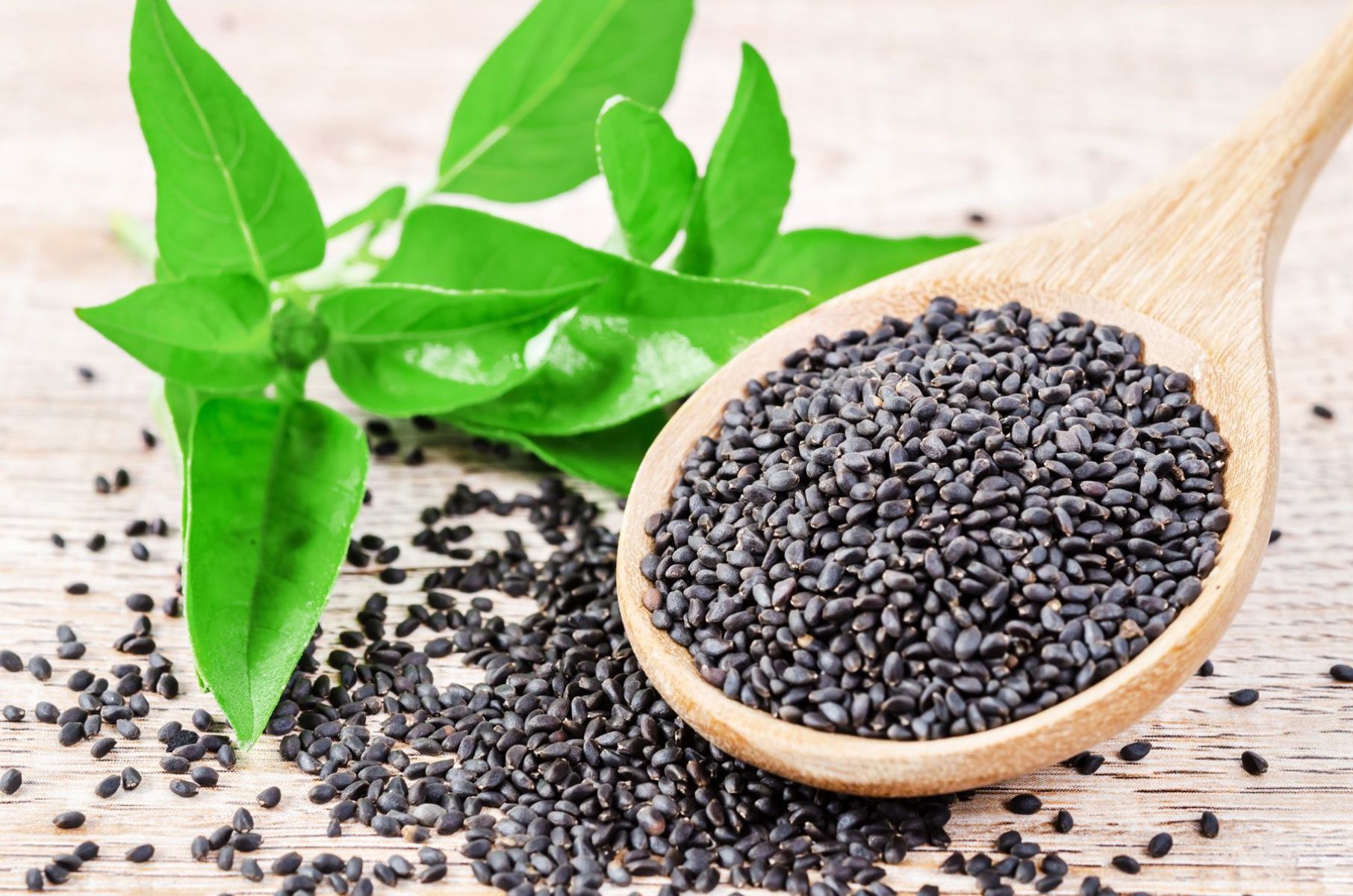
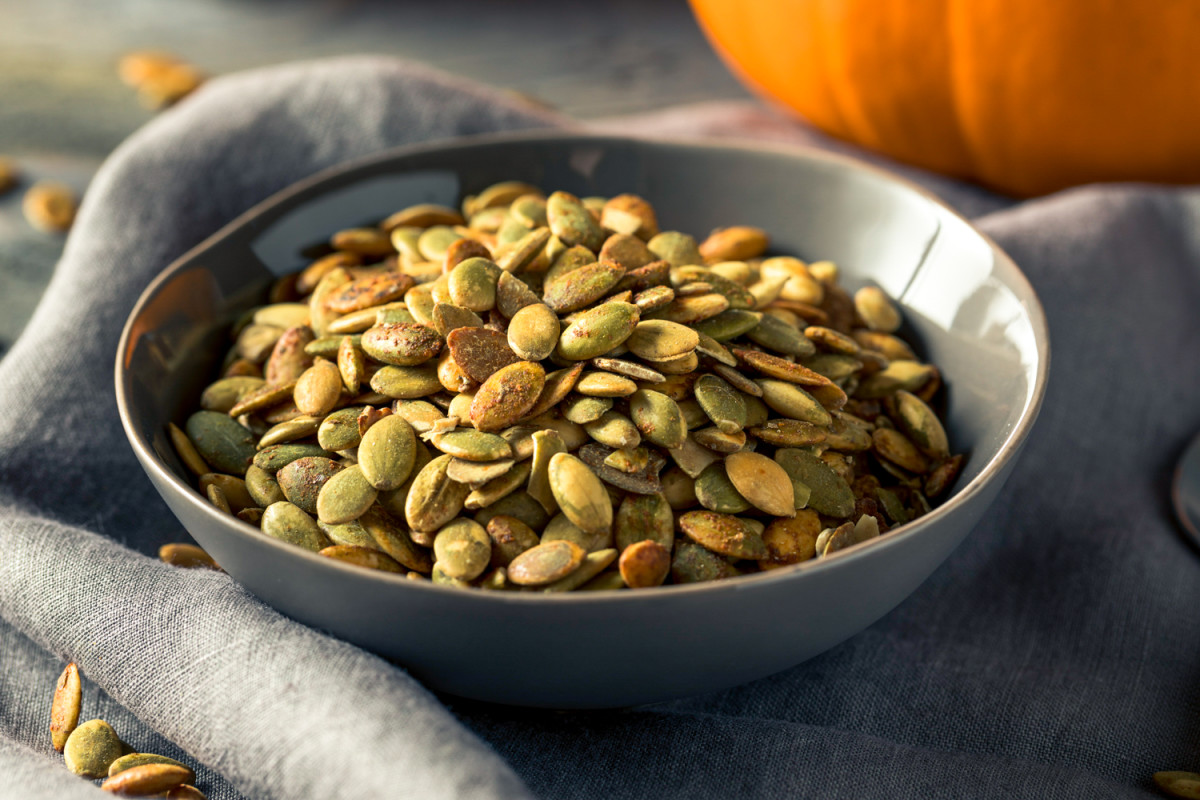
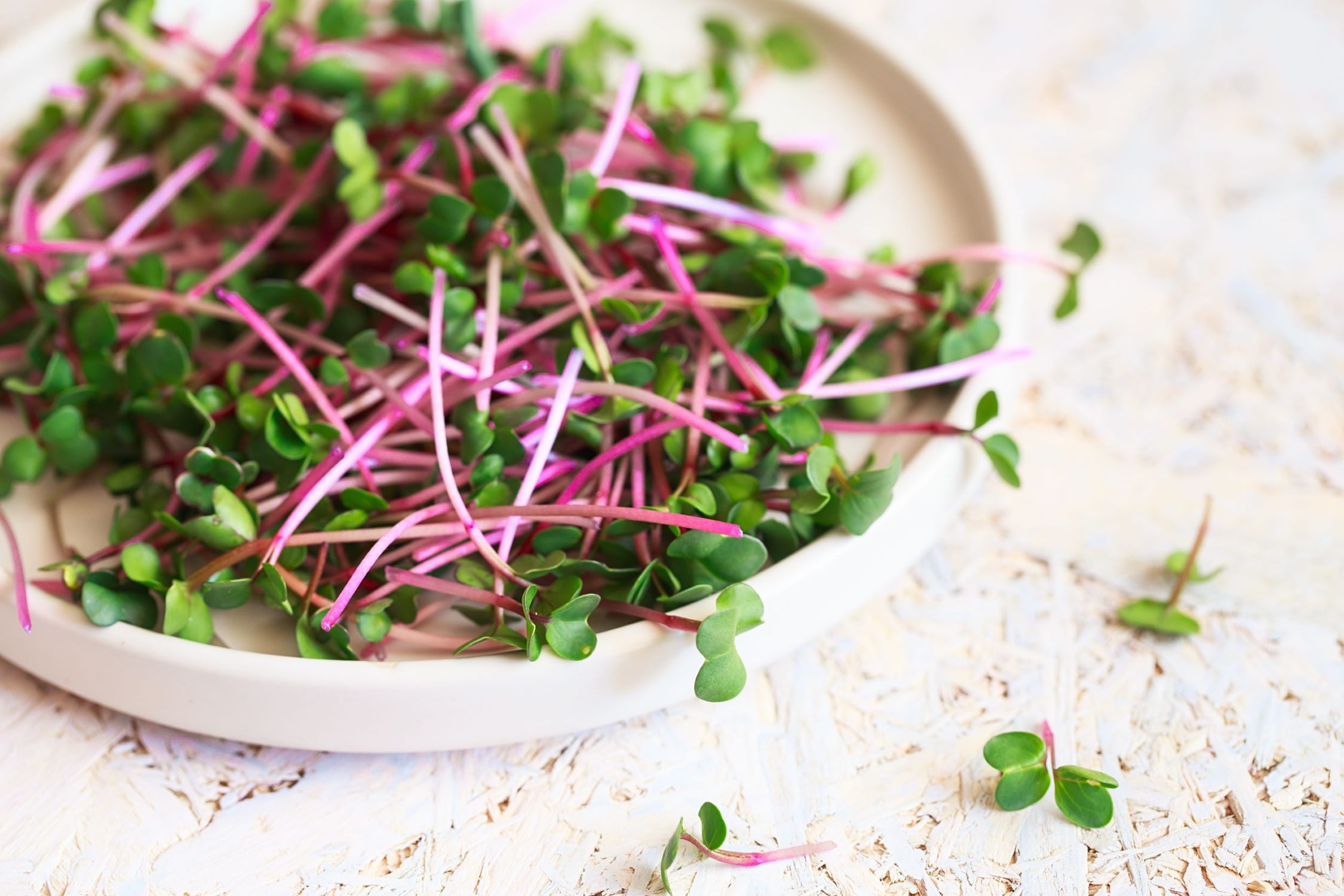
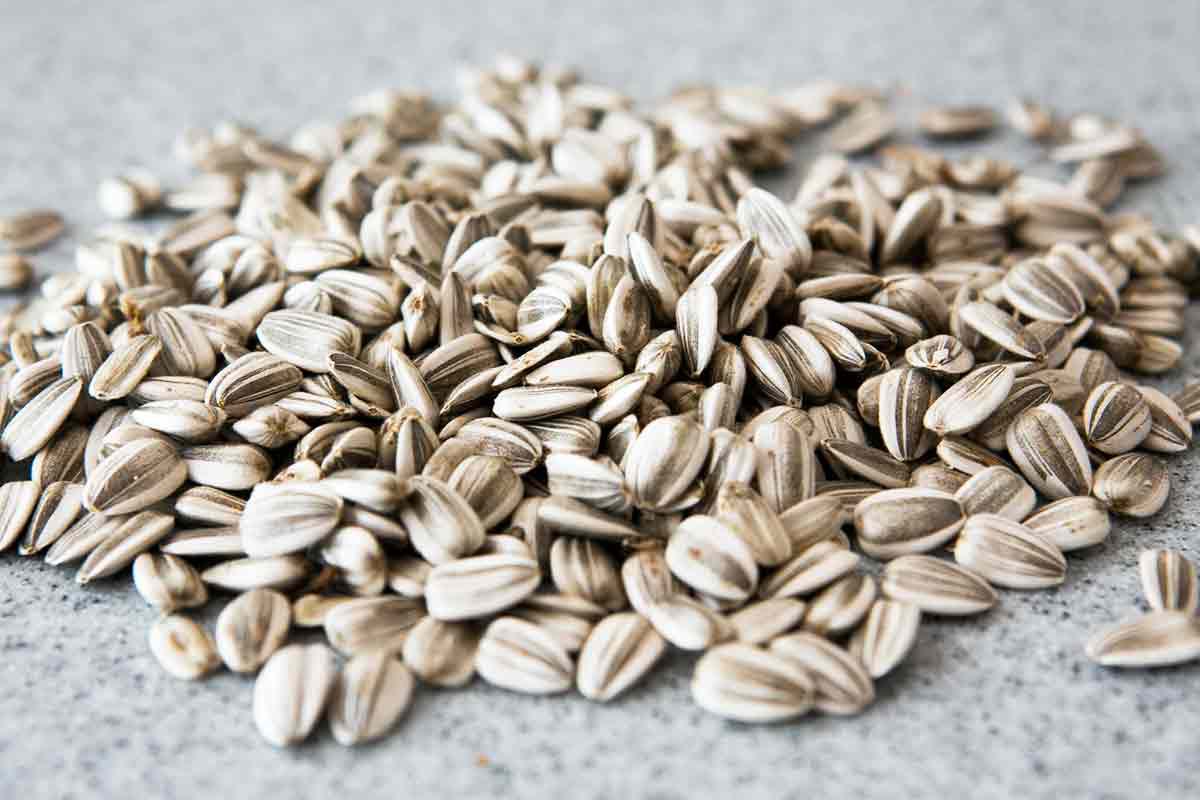
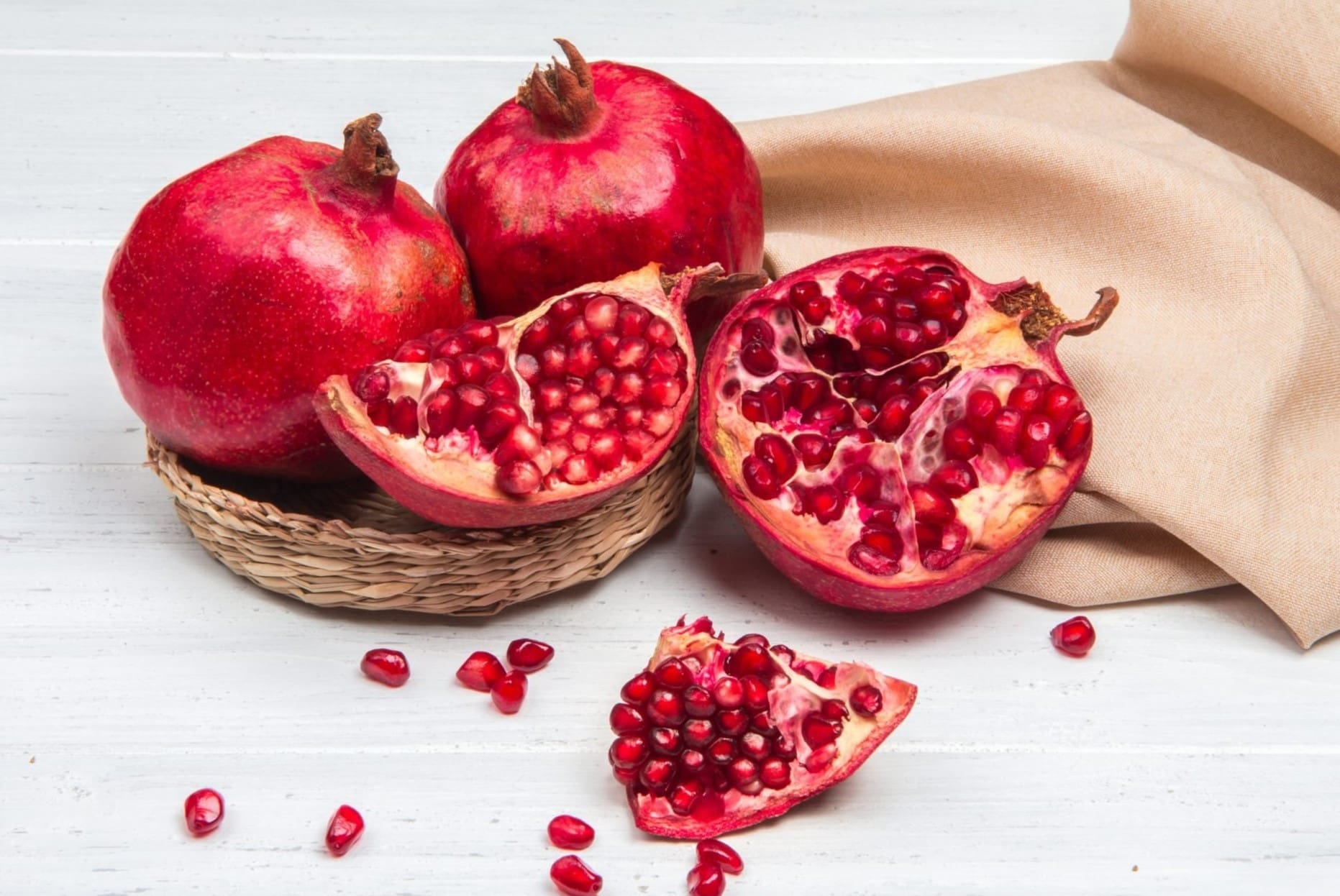
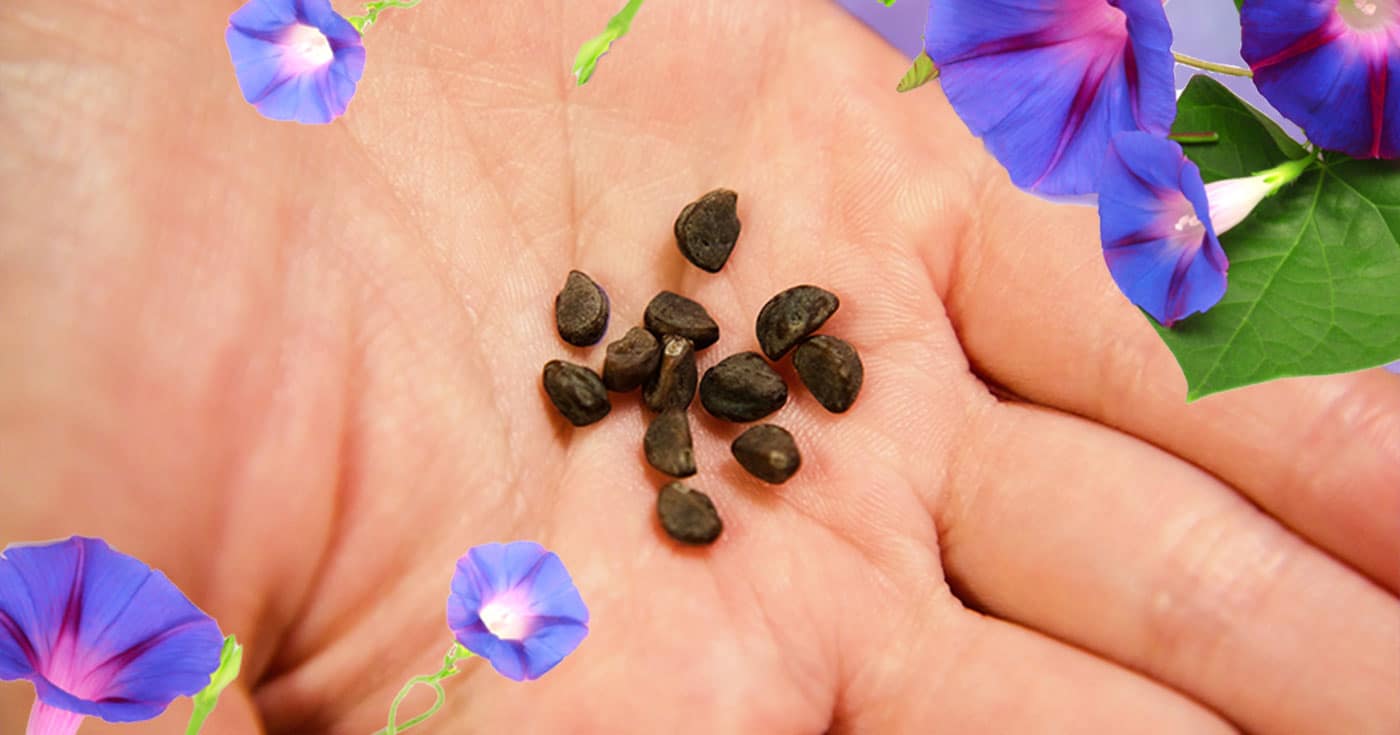
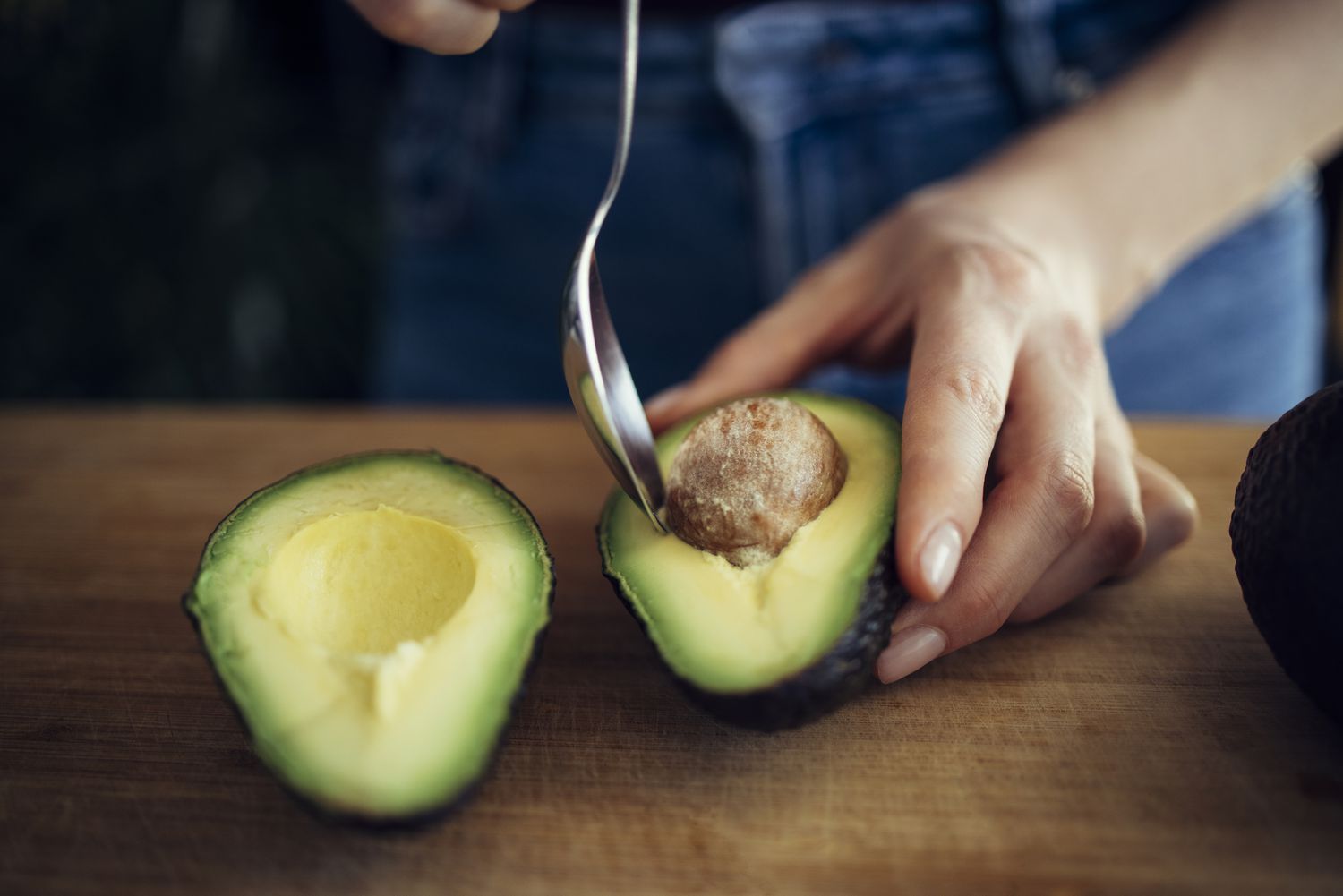

0 thoughts on “How To Eat Methi Seeds”